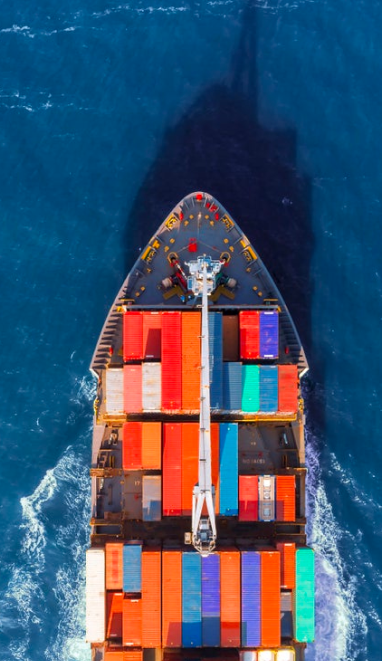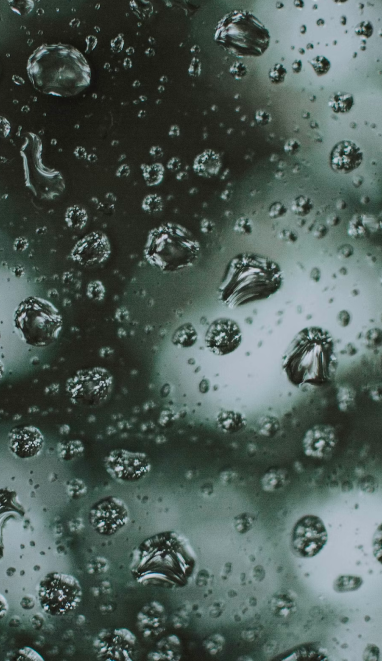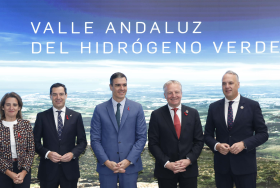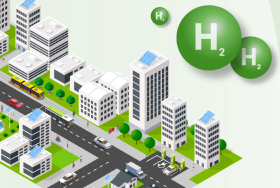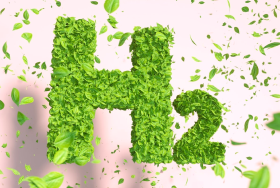Green hydrogen
a driver of decarbonizationHydrogen is one of the main sources of renewable energy and the most abundant element in the universe. However, because it cannot be extracted directly from nature, it must be produced.
Green hydrogen
The most common production method for producing green hydrogen is from water electrolysis, which consists of separating oxygen and hydrogen molecules using renewably sourced electricity, a process that does not generate CO2 emissions and thus results in green or renewable hydrogen.
Another way to produce hydrogen is through steam reforming of methane (natural gas), which consists of reacting methane, which also contains hydrogen, with water vapor at high pressure and temperature. This is currently the most widely used method for producing gray hydrogen, but green hydrogen can be obtained by replacing natural gas with biomethane from organic waste.
Find out more about biomethane
Green hydrogen, in addition to being used directly for mobility or in the production processes of different industries, either as an energy source or as a raw material, can also be used to produce by-products such as ammonia or methanol, which will be key to the decarbonization of maritime transport and some industrial sectors.
Advantages of green hydrogen
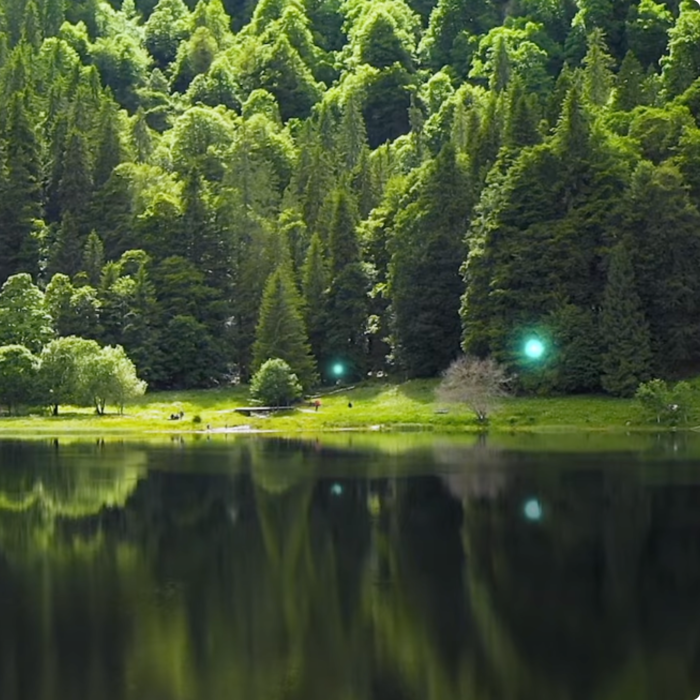
Green hydrogen and Cepsa
As part of our Positive Motion strategy, we are launching the Andalusian Green Hydrogen Valley, the most ambitious renewable hydrogen project in Spain and Europe's largest green hydrogen project, which will accelerate the ecological transition and achieve greater energy independence for the continent.
The project, with an investment of up to 3 billion euros, will have two green hydrogen production centers in our Palos de la Frontera (Huelva) and San Roque (Campo de Gibraltar, Cádiz) energy parks. The plants will have an electrolysis capacity of 2 GW and will produce up to 300,000 tons of green hydrogen per year, which will prevent the annual emission of 6 million tons of CO2
In addition, its construction will allow us to promote the production of 2G biofuels and by-products such as green ammonia and methanol, that will contribute to the decarbonization of our industrial customers and the heavy land, maritime, and aviation transport sector.
Discover moreRelated information
Find out what steps we are taking


